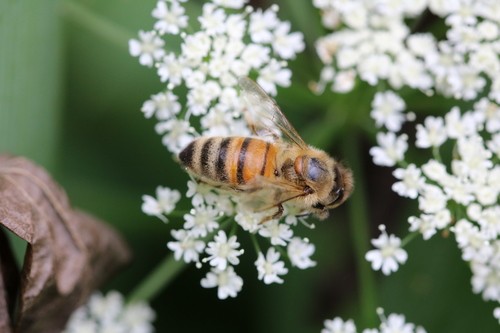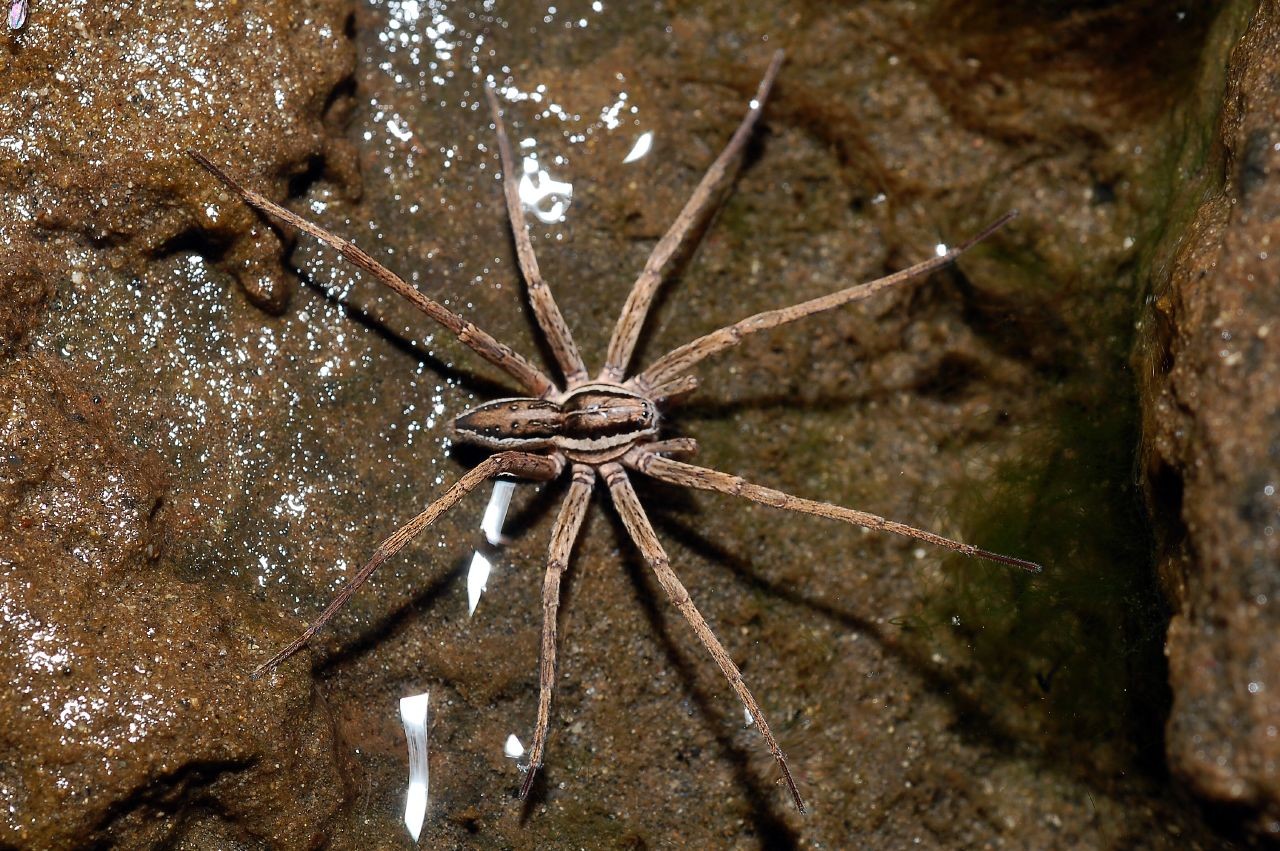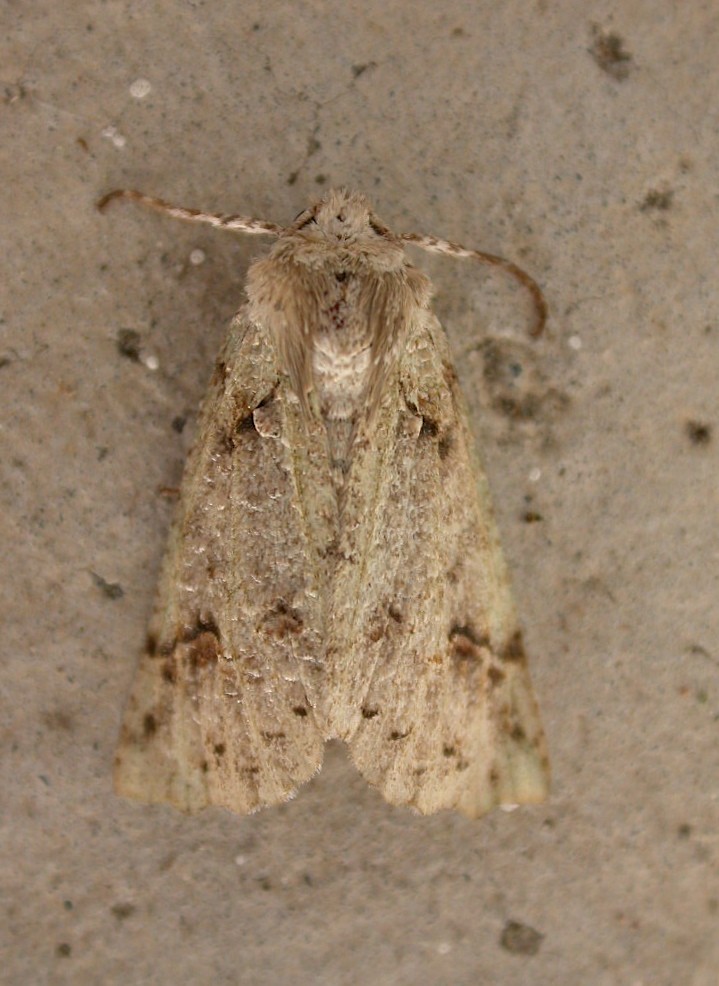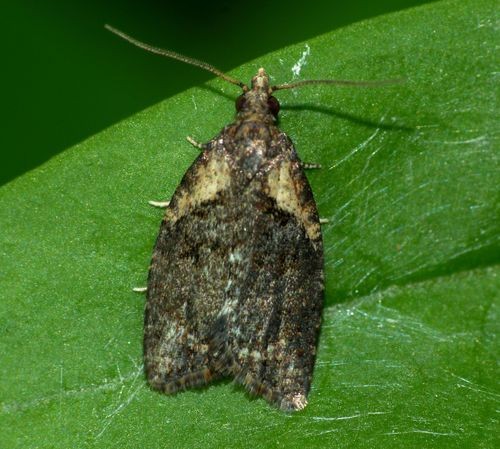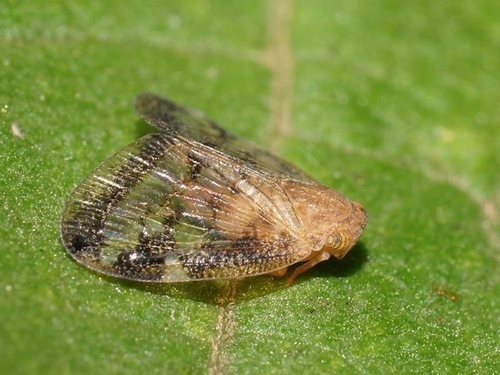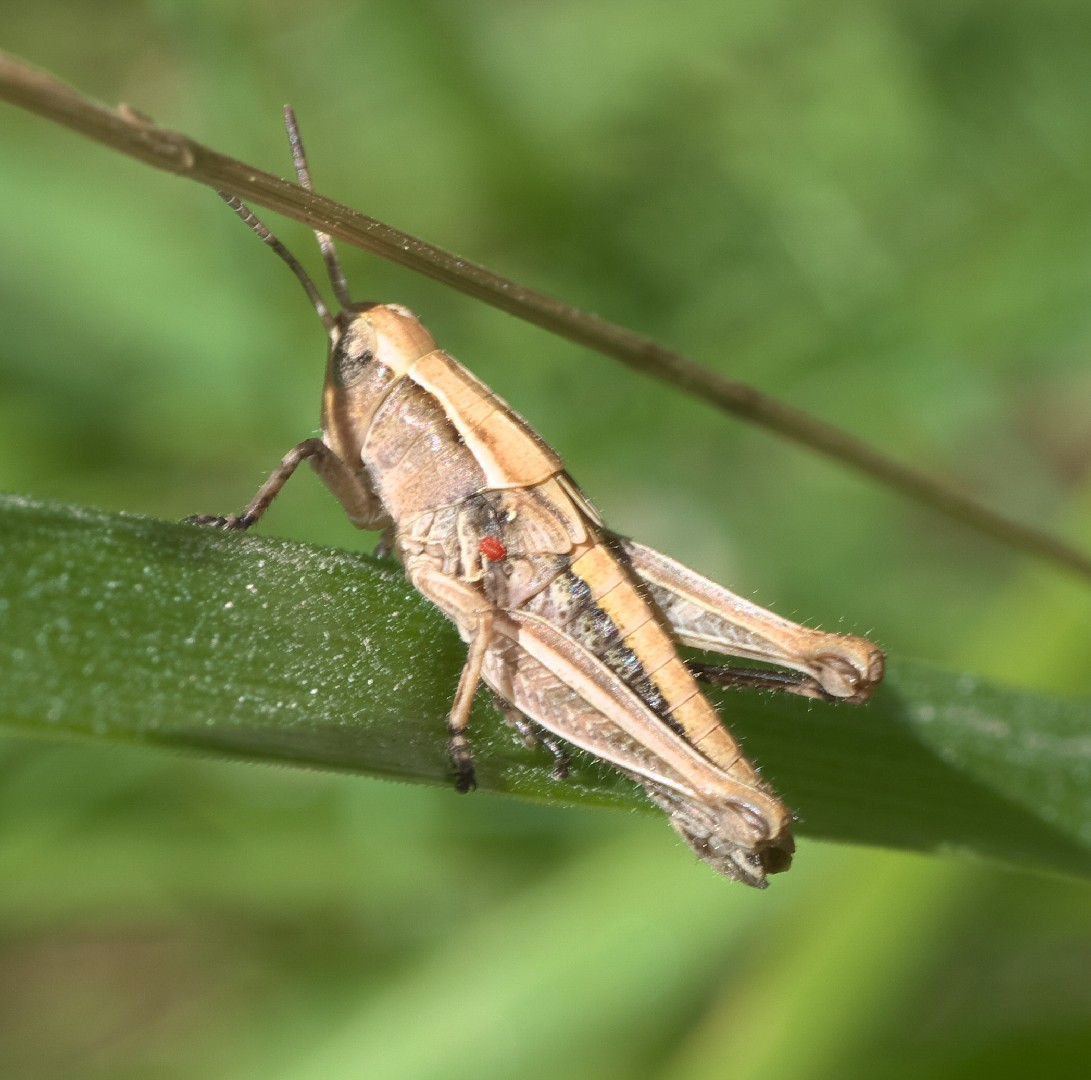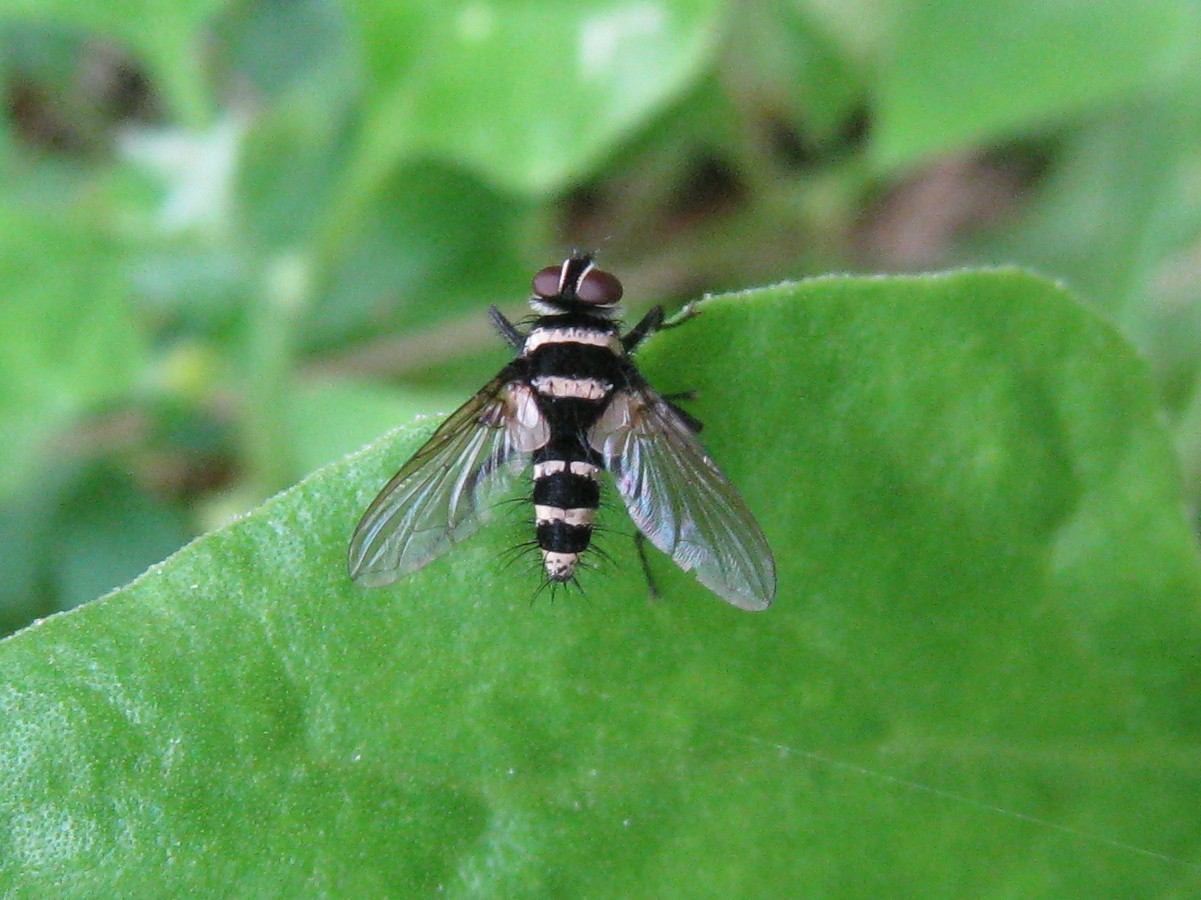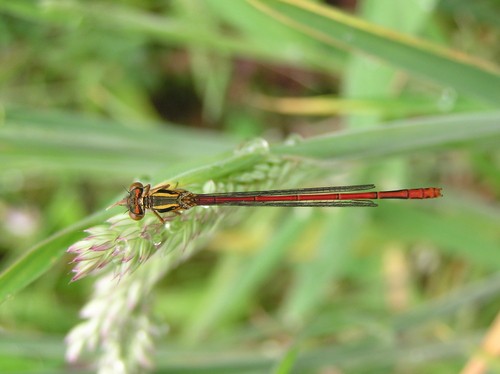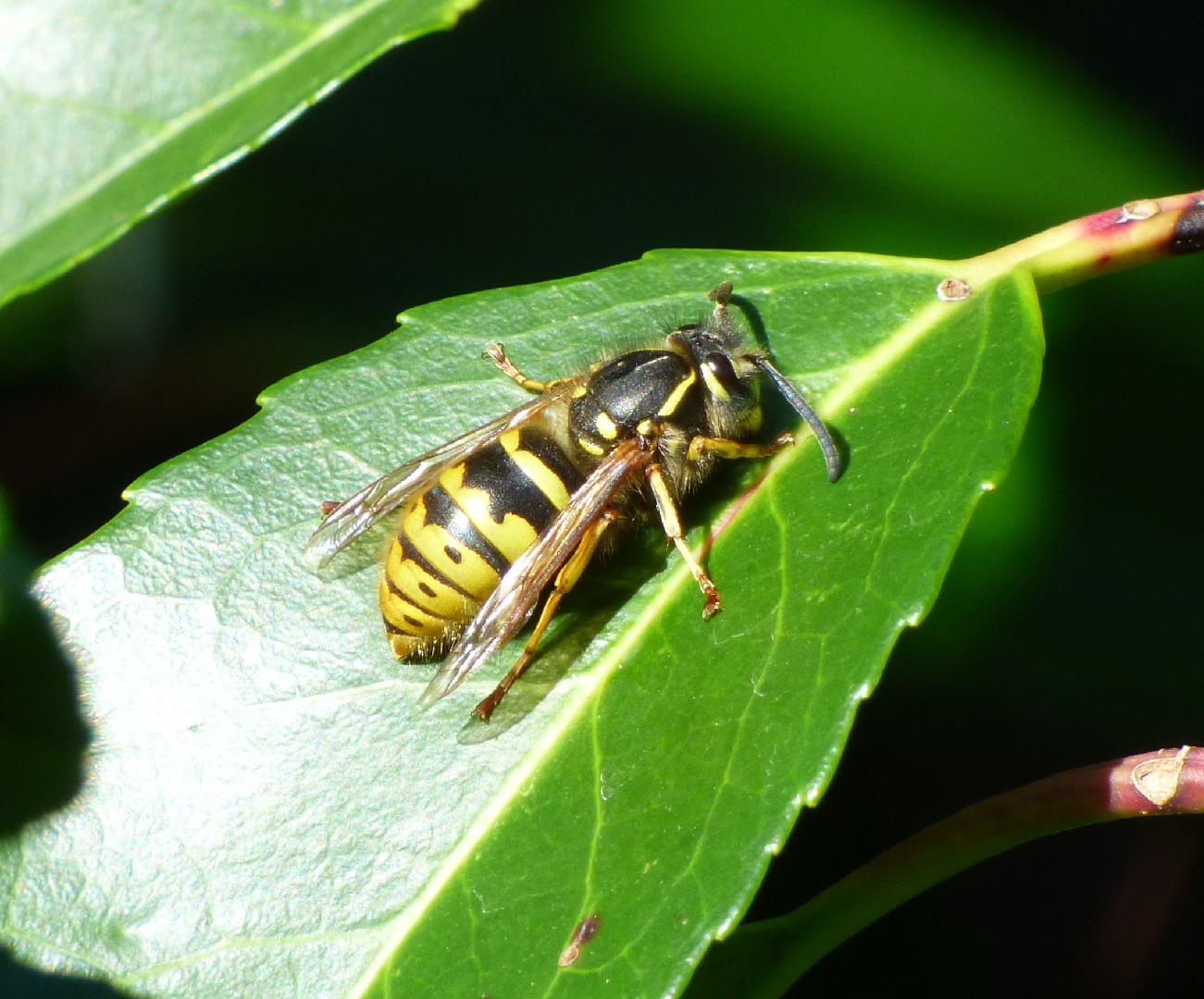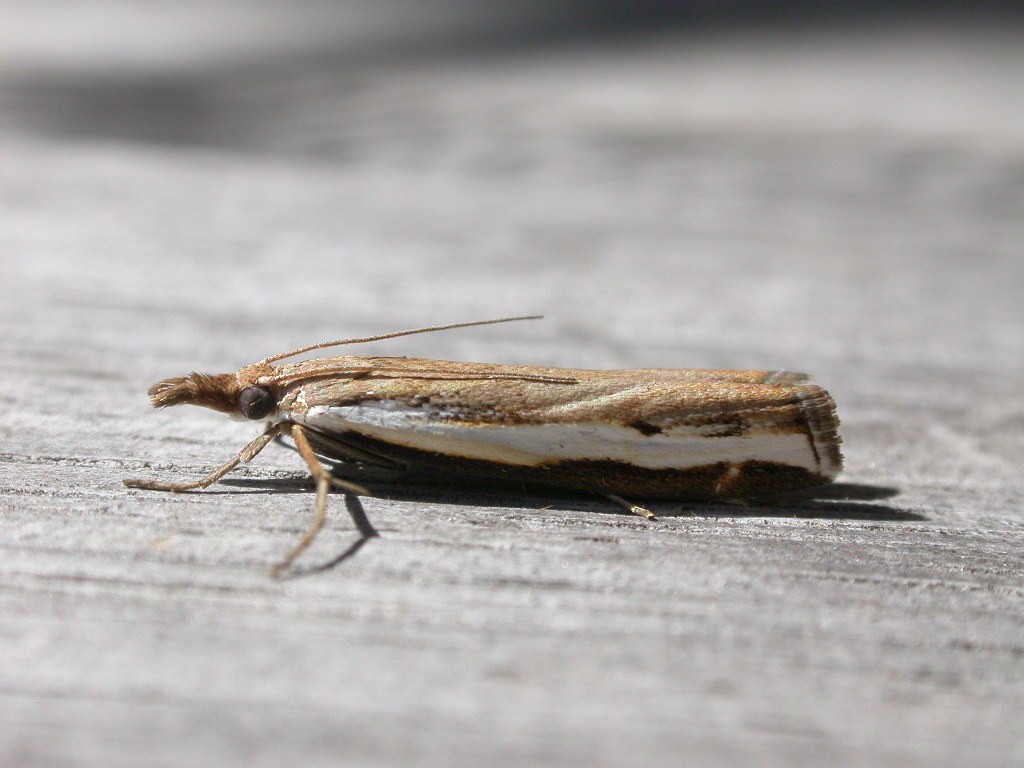Top 20 Most Common Insects in Wellington
In the scenic landscapes of Wellington, insects, with their fascinating traits and diverse habitats, thrive in abundance. Various geographical factors within Wellington contribute to its unique insect diversity. From being essential pollinators to maintaining soil health and controlling pest populations, these creatures play a crucial role in the ecosystem. Despite their size, their significance is truly vast in Wellington, with both beneficial insects and pests shaping the environment. Discover more about the '20 most common insects' in Wellington.
Most Common Insects
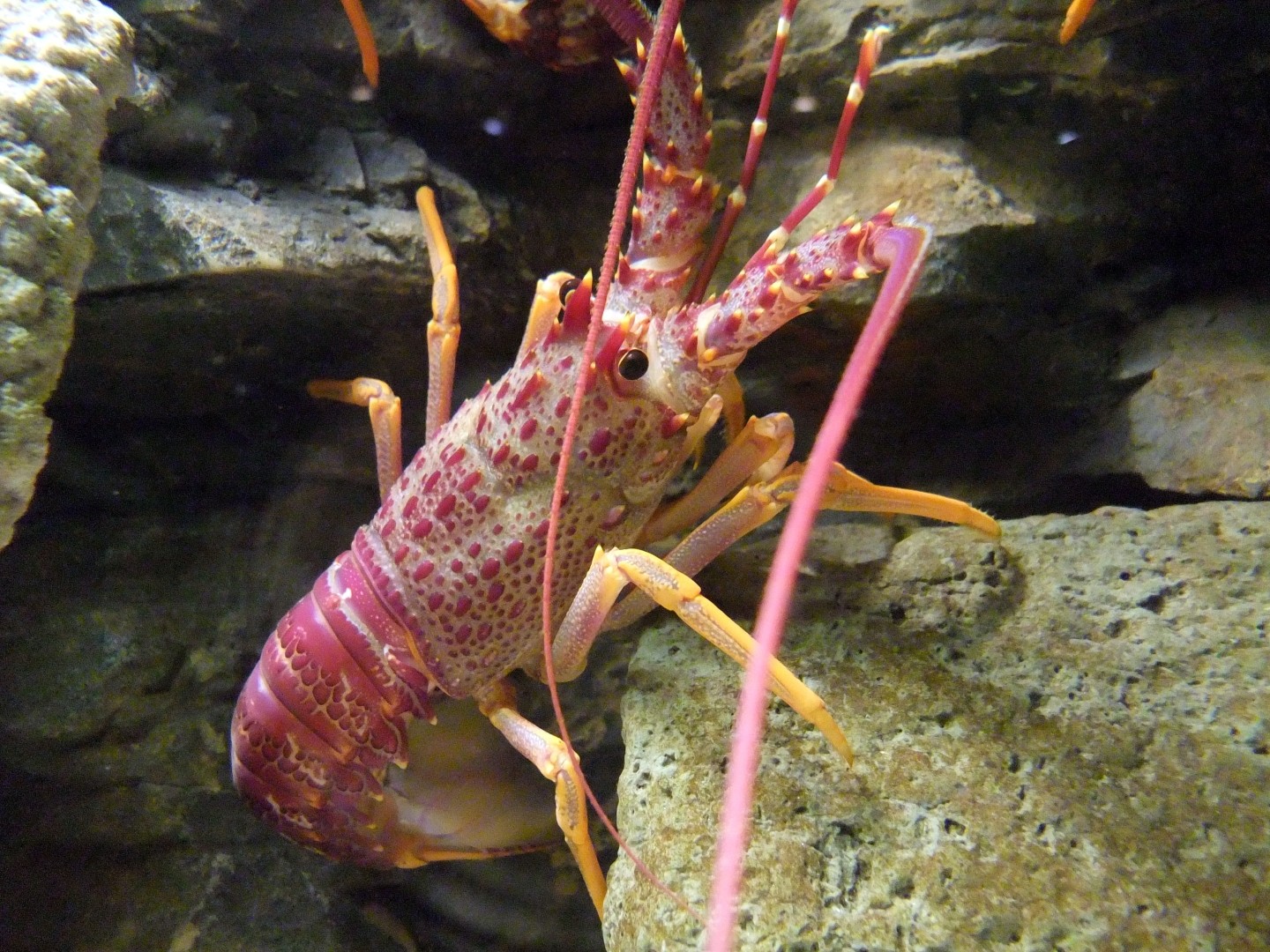
1. Southern rock lobster
Jasus edwardsii is a ten- Jasus edwardsii species from the Palinuridae family. The scientific name of the species was first validly published in 1875 by Hutton.
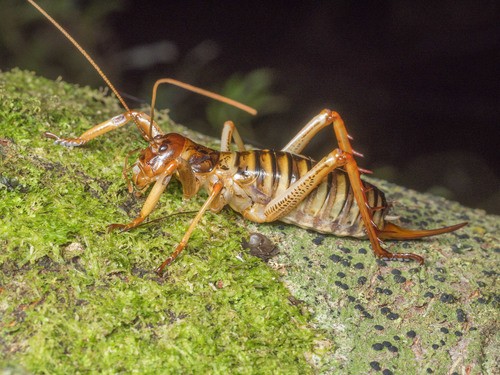
2. Wellington tree weta
The Hemideina crassidens, commonly known as the wellington tree weta as it is firstly found in Wellington. They like to live in groups, and make their homes on trees. This insect is flightless and always produce chirping sounds in forests and suburban gardens at night.
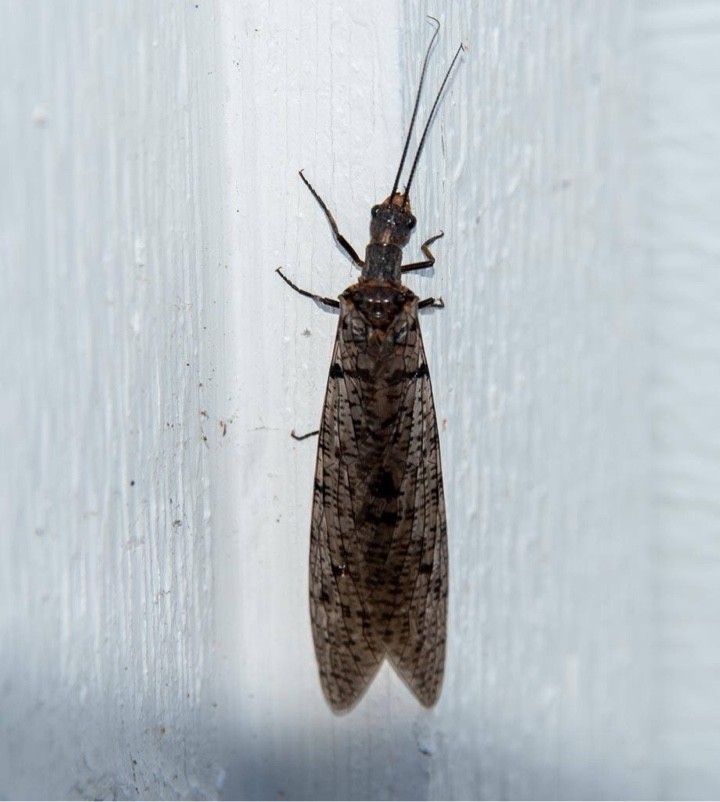
3. Toe biter
The larval form of Archichauliodes diversus is commonly known by the name toe biter, which refers to its pincer-like powerful jaws. The larvae and adults have totally different lifestyles. The larvae live in streams and feed on aquatic invertebrates while adults can only survive on lands and would die soon after spawning.
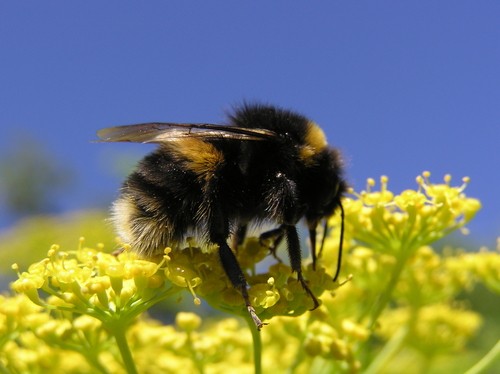
4. Buff-tailed bumble bee
A popular pollinating species in European greenhouses, buff-tailed bumble bee (Bombus terrestris) is one of the more common species of bumblebee worldwide. This species displays comparatively high levels of intelligence, recognizing flowers by color and navigating several miles (if necessary) to return to the hive. Unlike many other bee species, the queen of a buff-tailed bumble bee hive will only mate with one male.
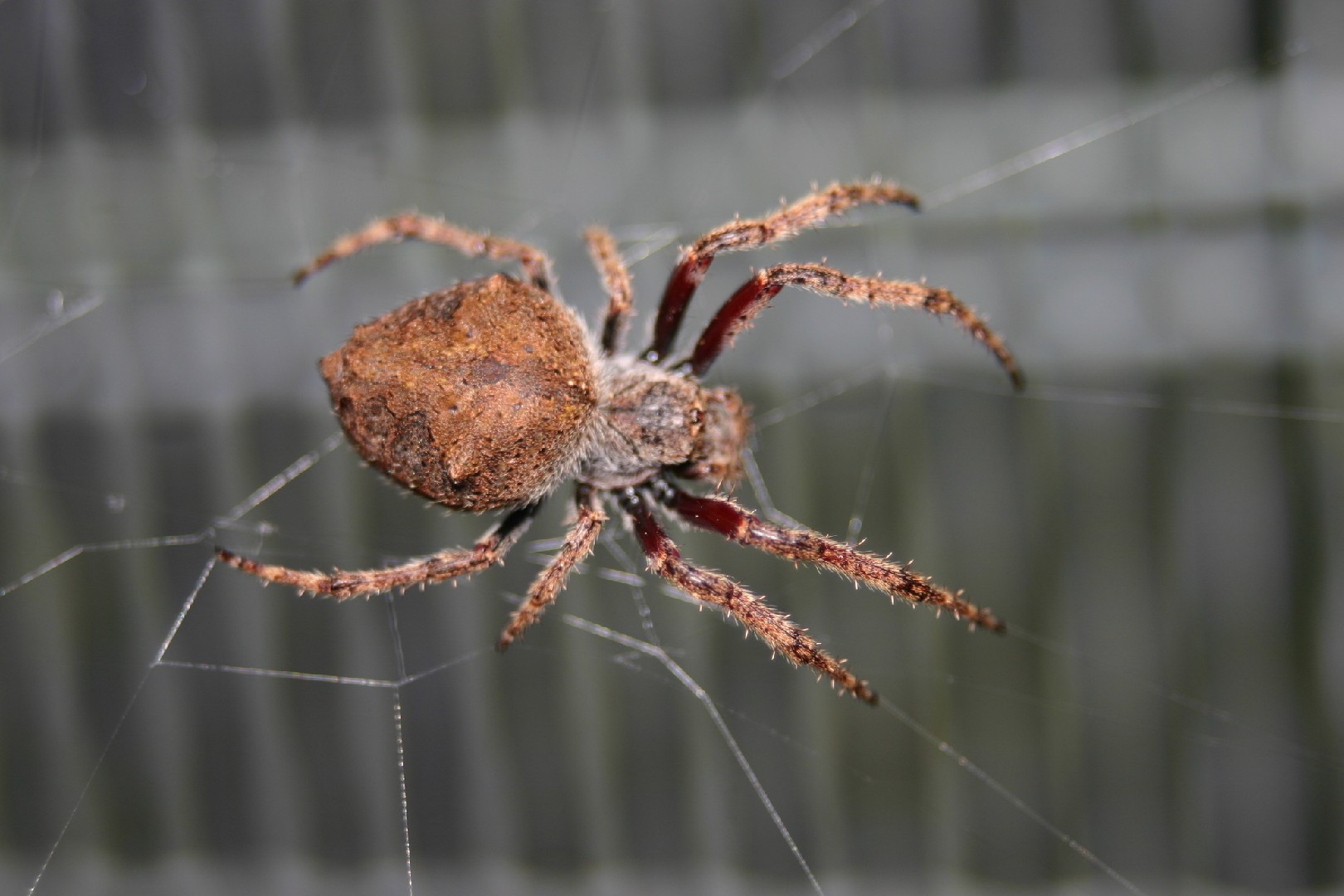
5. Garden orbweb spider
E. pustulosa has five distinctive spines on its abdomen, two large ones halfway down its back and three smaller ones at the end of its abdomen. 
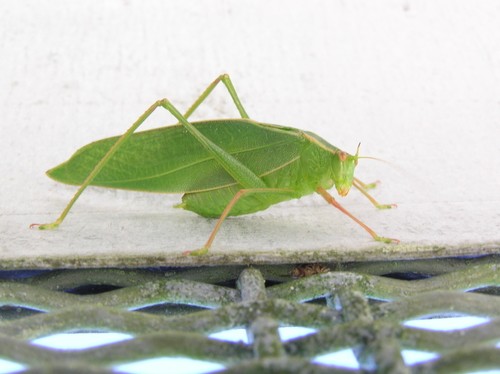
6. Common garden katydid
The common garden katydid (Caedicia simplex) is a bright green bug, but as a nymph, it takes on the color of whatever it has been eating. This can sometimes be bright yellow or pink if it has been munching on vivid flowers. These unusual colors could remain for several molts. This species is often found in woodlands and forests.
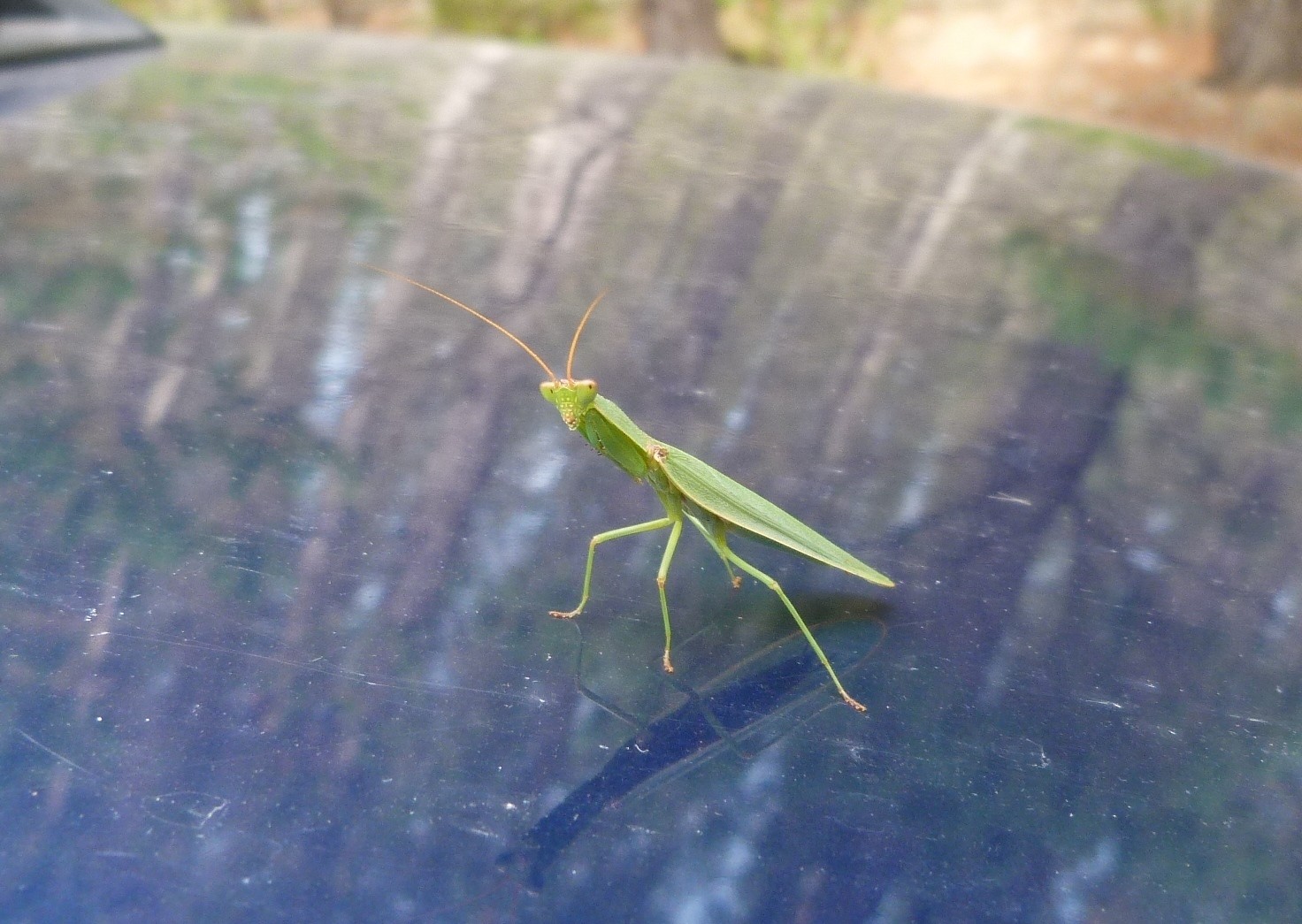
7. New zealand mantis
The New zealand mantis (Orthodera novaezealandiae) is a jumpy insect that uses foliage to ambush its common prey. While it is near the top of the food chain, that will change if it meets the South african praying mantis, which its males seem to have a thing for sexual cannibalism. If you wish to keep one as a pet, they are fast and jumpy insects that do not prefer captivity.
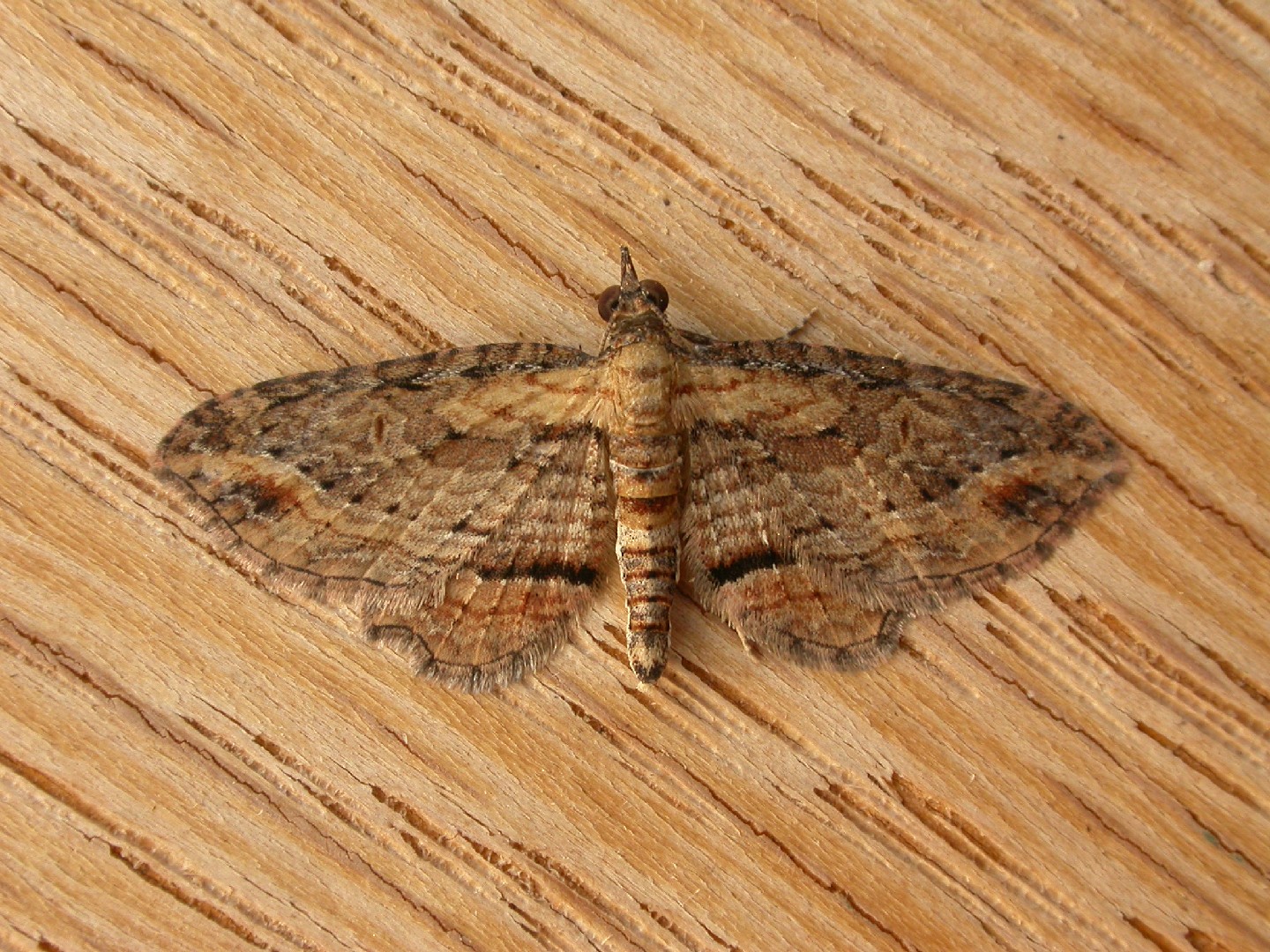
8. Filata moth
Chloroclystis filata is a butterfly from the family of spanners (Geometridae). The scientific name of the species was first validly published in 1858 by Guenée.
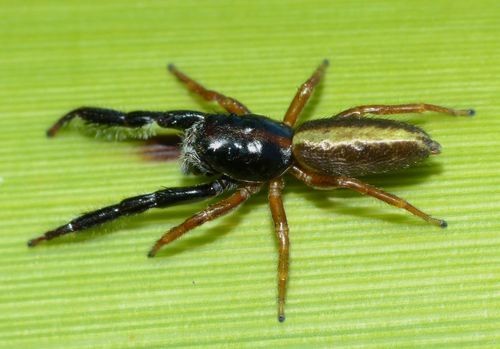
9. Black-headed jumping spider
Males and females range in body length from 6 - 14 mm. The cephalothorax and first pair of legs are jet black. The elongated abdomen is golden brown, with a central yellow stripe, and sometimes has a greenish sheen. In males, the first pair of legs is elongated, there is a row of dark hairs above the frontal eyes, and the chelicerae (mouthparts) are more robust. 
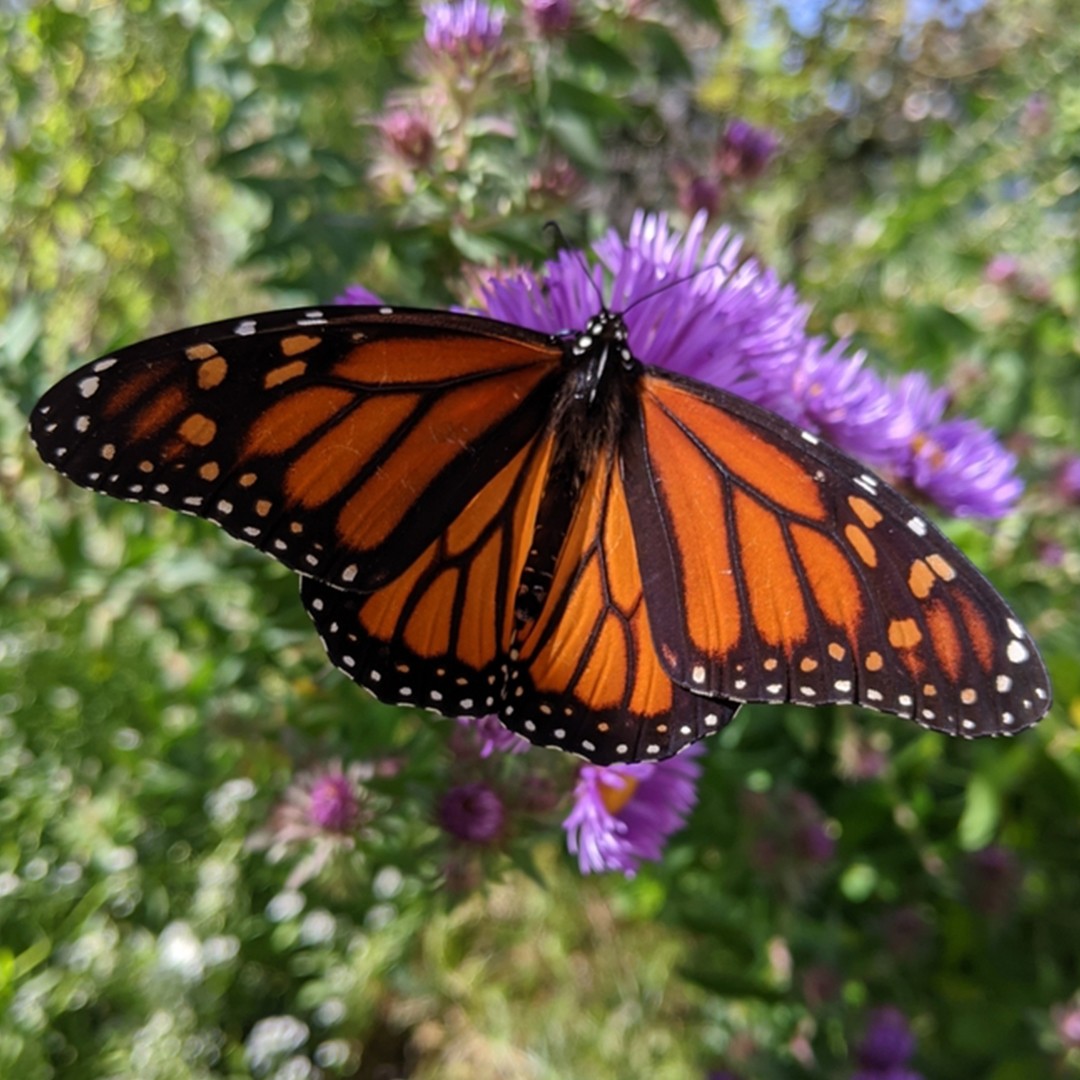
10. Monarch butterfly
The monarch butterfly (Danaus plexippus) is the most recognizable butterfly in North America. It is best known for its appearance, but should be better known for the fact that it has a 3000-mile migration that takes the butterfly 4 generations to complete. Their diet is also a natural deterrent for predators, as they eat milkweed, a poison that induces vomiting.
More
